|
Central Paris has more than enough on offer
to keep any visitor occupied, but if time permits you should make at
least one foray out of the centre, whether your interest is in the
sumptuous Palace of Versailles, former home of the “Sun King” Louis XIV,
or in the Magic Kingdom of Disneyland Paris. The excellent metro system
makes for easy day trips to the area’s two main parks, the Bois de
Boulogne and the Bois de Vincennes, for a wide range of outdoor
activities, from boating to riding or in-line skating, or just strolling
amid pleasant greenery. In contrast to these bucolic pleasures is the
cutting-edge modern architecture of La Défense. Visually stunning, it
comprises Paris’s stylish new business district to the west of the city,
with added attractions in its exhibition centres. Two large cemeteries
outside the centre are worth a visit for their ornate tombs.
|
France, Great Britain, the USA, Italy and the
German Republic negotiated this agreement after World War I at
Versailles, which required Germany to demilitarize parts of its
territory, reduce the size of its army, abolish conscription, cease
trading in military equipment and to pay compensation. The Treaty was
signed on 28 June 1919.
|
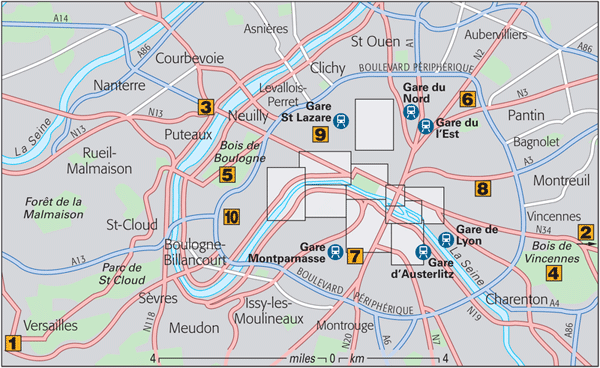
SightsVersailles The
top day-trip from Paris has to be Versailles. This stunning chateau,
begun by Louis XIV in 1664, is overwhelming in its opulence and scale.
Plan carefully what you want to see as even a full day may not be long
enough. Much of the palace is only accessible on a guided tour, so
arrive early as on sunny days the queues can be long .
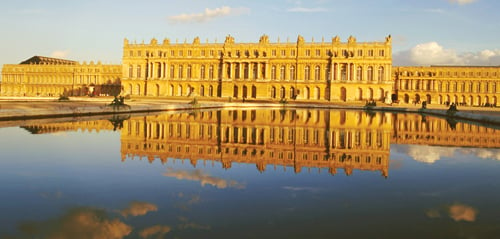
Versailles
Disneyland Resort Paris
Visitors with children will probably have no choice about whether
they visit the Paris branch of Disneyland or not. However, even parents
will enjoy the hi-tech workings and imagination behind such attractions
as “Pirates of the Caribbean” and “The Haunted House” .
The new Walt Disney Studios Park involves visitors interactively
through film, with a professional stunt show at the end and special
effects rides.
La Défense French
vision and flair coupled with Parisian style are clearly shown by this
modern urban development. This new business and government centre was
purposely built to the west of the city to allow the centre to remain
unmarred by skyscrapers. More than just offices, however, the area is
also an attraction in its own right, with stunning sights such as the
Grande Arche, a cube-like structure with a centre large enough to
contain Notre-Dame, and surrounded by artworks, a fountain, cafés and
restaurants.

Grande Arche, La Défense
Bois de Vincennes Southeast
of the city lies the Bois de Vincennes, which has several lakes,
boating facilities, lovely formal gardens, a Buddhist centre and a
summer amusement park. The Château de Vincennes was a royal residence
before Versailles and has the tallest keep in Europe. The more energetic
can walk here all the way from the Bastille along the Promenade
Plantée, formerly a railway viaduct.
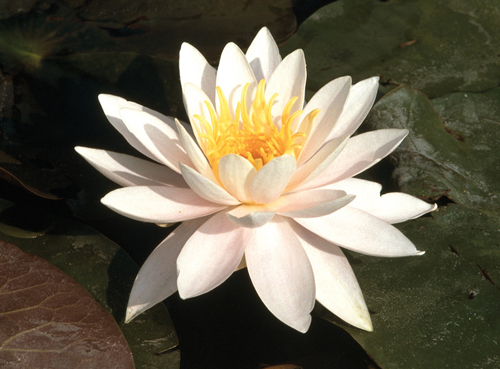
Bois de Boulogne This
enormous park is the Parisians’ favourite green retreat, especially on
summer weekends when its 865 ha (2,135 acres) can become crowded. There
is plenty to do, apart from simply walking and picnicking, such as
cycling, riding, boating or visiting the various attractions. These
include parks within the park, two race courses and an art and folk museum. The park is open 24 hours a day, but avoid after dark.
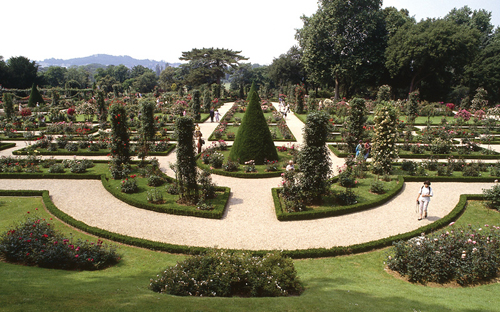
Bois de Boulogne
Parc de la Villette More
than just a park, this landscape was created in 1993 to a futuristic
design. It provides the usual park features of paths and gardens, but
modern sculptures, zany park benches and several major hi-tech
attractions offer a different edge. These include the interactive
science museum, the Cité des Sciences et de l’Industrie, a 60-seater
mobile hydraulic cinema, an Omnimax cinema, play areas for younger
children and a music institute .
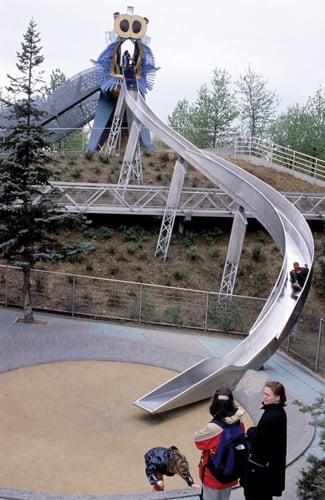
Parc de la Villette
Montparnasse
Montparnasse’s location is highly visible due to the 209-m
(685-ft) Tour du Montparnasse which offers spectacular views. Five
minutes’ walk away is the area’s main draw, the Cimetière du
Montparnasse, where the great writers Maupassant, Sartre, de Beauvoir,
Baudelaire and Samuel Beckett are buried. For breathtaking views of Paris by night visit the rooftop restaurant “Le Ciel de Paris.”
Tour du MontparnasseCemeteryopen 8:30am–5:30pm daily free
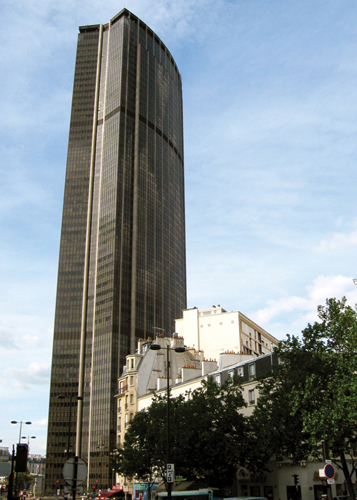
Cimetière du Père Lachaise This
is the most visited cemetery in the world, largely due to rock fans who
come from around the world to see the grave of the legendary singer Jim
Morrison of The Doors. There are about one million other graves here,
in some 70,000 different tombs, including those of Chopin, Oscar Wilde,
Balzac, Edith Piaf, Colette, Molière and Delacroix (see Graves).
There are maps posted around the cemetery to enable you to find these
notable resting places, or a more detailed plan can be bought at the
kiosks around the grounds.
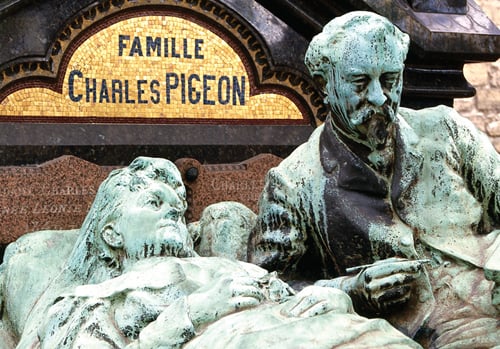
Cimetière Père-Lachaise
Parc Monceau This
civilized little park is no further from the city centre than
Montmartre, yet it goes unnoticed by many visitors. It was created in
1778 by the Duc de Chartres and is still frequented by well-heeled
residents. The grounds are full of statues and an air of well-being.
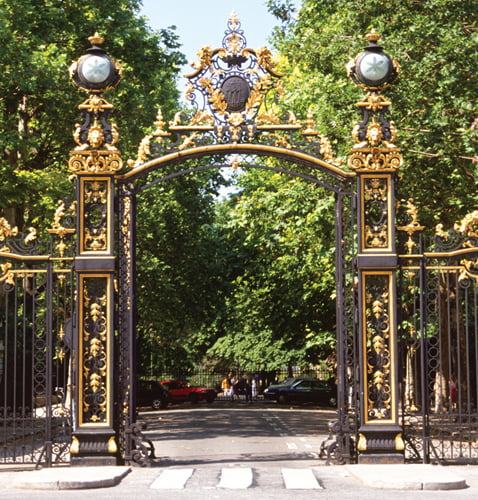
Parc Monceau
Musée Marmottan-Claude Monet Paul
Marmottan was an art historian and his 19th-century mansion now houses
the world’s largest collection of works by Claude Monet, including his Impression Soleil Levant
which gave the Impressionist movement its name. The collection was
donated by the artist’s son in 1971, and includes the artist’s
collection of works by Renoir and Gauguin.
|